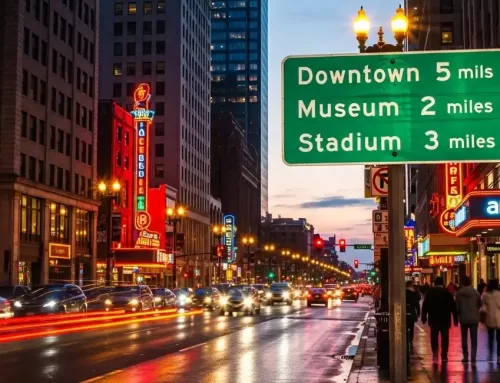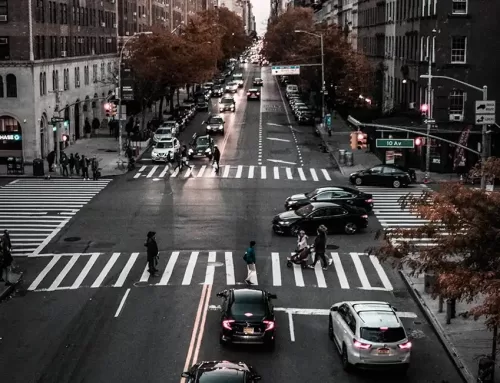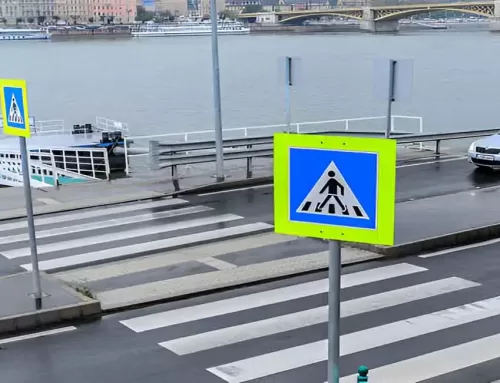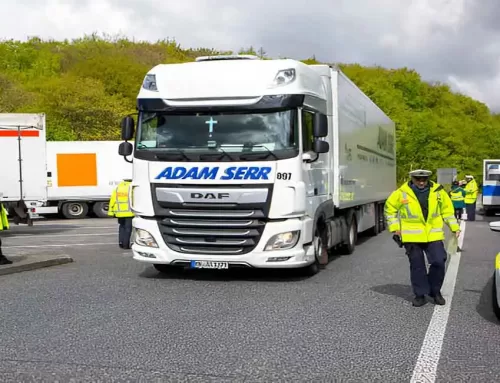What Road Signs Are on the Driving Test?

If you’re taking your driving test, you’re probably wondering what road signs will be on the test. You can expect to see regulations, warnings, and informative signs. You may also see the warning and informative signs for horse-drawn vehicles and off-ramps. However, there are also some questions that are true or false.
40 questions in true/false format
One of the biggest fears that many people have is taking tests. Everybody has to pass a test at some point in their lives, but many people are afraid they’ll do poorly. The good news is that you can prepare yourself for the DMV driving test, which is divided into true/false and multiple choice formats. In the former format, there is only one correct answer, while the latter has up to five choices.
Regulation, warning, and informative signs
Regulatory, warning, and informative signs are symbols placed on the road to warn drivers of specific rules. For example, a yellow warning sign might indicate a speed limit reduction or a lane restriction. Similarly, a red circle and a slash on a white background indicate a NO LEFT TURN sign. Lastly, a STOP sign is a black octagon that must be stopped completely by the driver when they approach it.
There are several ways to review these signs on the driving test. One way is to take practice quizzes on the sections of the manual that cover road signs. You will need to know the color of signs and how to identify each one. In most cases, the signs in each category have a special shape and color.
Horse-drawn vehicle signs
There are a few key rules about driving on public roads when using a horse-drawn vehicle. These include overtaking with caution, and not straying from the lane. Horse-drawn vehicles rarely share the road with cars, so drivers must be very careful when overtaking them.
Indiana law protects horse-drawn vehicles as much as other motor vehicles. It does not require drivers to move to the shoulder when approaching, but they should give hand signals to signal their intentions. In some cases, horse-drawn vehicles may also take more time to reach their destination.
Do not enter a road or off-ramp
If you want to pass your driving test, you must obey the “Do Not Enter” signs. These signs are square and red, with a white horizontal bar in the middle and the words “DO NOT ENTER.” The signs are typically posted on freeway off ramps and one-way streets. If you come across one, you must stop at the side of the road and turn around when it’s safe.
When entering an off-ramp, always take a moment to look before entering the road. The off-ramp shares a lane with other vehicles for a short time. Vehicle operators must leave extra room so they can signal appropriately, and they should slow down before reaching the bottom. This type of shared lane also requires drivers to communicate their intent, which is important to do on the highway.
Center lane left turn only
You might have seen center lane left turn-only road signs on your driving test, but did you know that the left turn lane on some roads is shared by both directions? You can easily pass the driving test if you know how to recognize a center lane. If you haven’t noticed, the left turn lane is a special lane on the roadway, designed to help you turn left and not slow down traffic in the area. This special lane has a solid or broken yellow line dividing it from other lanes.
These signs are usually in the center of the road and are often placed in the middle of two-way streets. These signs are used to make it easier to make a left turn while avoiding other vehicles and pedestrians.
Do not enter a railroad crossing
The driving test includes a question called “Do not enter a railroad crossing.” Many railroad crossings have flashing red lights, lowered gates and/or a bell to warn drivers to stop. It is important to stop at least fifteen feet (5 meters) from the railroad before crossing and wait for the lights and bell to stop. Drivers must also yield to a railroad crossing sign, which is shaped like an X and says “RAILROAD CROSSING.”
If you see a railroad crossing sign, you should stop your car and listen for a train approaching. It is extremely dangerous to proceed across a railroad crossing without a signal, so you must slow down and wait. A train can come anytime, day or night, and you should not make any sudden movements. You also need to be aware of the fact that a train cannot stop fast or swerve around a stopped vehicle, so be sure you have plenty of room on the other side before crossing.





